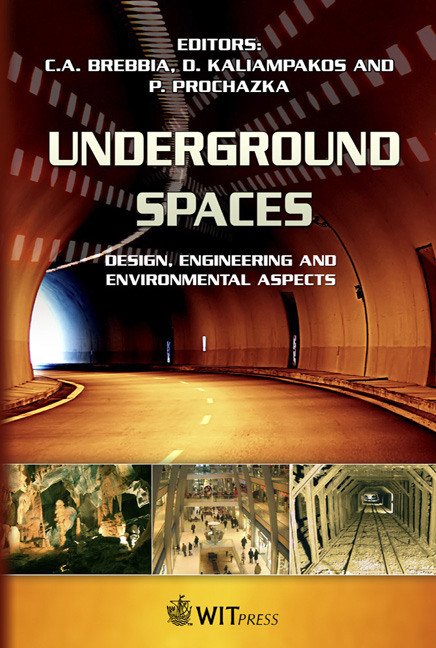Artificial Intelligence In Underground Development: A Study Of TBM Performance
Price
Free (open access)
Transaction
Volume
102
Pages
12
Page Range
21 - 32
Published
2008
Size
499 kb
Paper DOI
10.2495/US080031
Copyright
WIT Press
Author(s)
A. Benardos
Abstract
Modelling tunnel boring machine (TBM) performance is an important aspect in tunnel operations. The use of artificial intelligence techniques such as artificial neural networks has been recently introduced to this subject and the results from such applications prove their potential in making accurate prognosis. This paper presents a review of feed-forward artificial neural network (ANN) development and furthermore it illustrates their application by the use of two cases studies from Italian and Greek underground projects, where the TBM performance is modelled. The results obtained show that the developed ANNs can efficiently generalise the TBM behaviour in their respective geotechnical environment, having a reliable, effective and consistent performance. Keywords: TBM performance modelling, artificial neural networks. 1 Introduction Assessing the performance of tunnelling operations is one of key data for the overall success of the project as this issue is directly interconnected with the financial performance of the construction works [1]. Even more important is to estimate the tunnelling rate of tunnel boring machines (TBMs), as the flexibility limitations these particular machines have can lead to considerable downtime. These problems are more intense in tunnelling projects constructed in complex geological formations [2] and especially in urban areas where the low construction depth and the external loading from the buildings increase risk conditions [3]. In order to assess the performance of TBMs many researchers have proposed various methodologies [4–12] in an effort to express the penetration rate using as
Keywords
TBM performance modelling, artificial neural networks.





